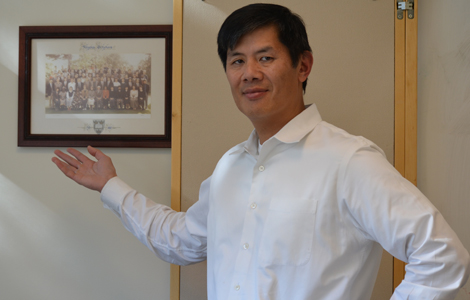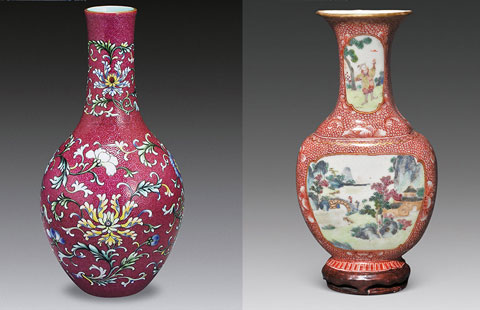Relocate people in mountainous earthquake zones
Updated: 2014-08-08 16:02
By Li Yang(chinadaily.com.cn)
|
||||||||
The government should spend the money, which is used to build expensive roads and buildings in the earthquake zones, to move the population out of dangerous places and create new jobs for them in new safer places, says an article of the 21st Century Business Herald. Excerpts:
The 6.5-magnitude earthquake in Ludian county of Yunnan has killed 398 people as of yesterday noon. More than 1 million people are affected by the disaster. Nearly 230,000 people were moved out of their homes. In the epicenter of Longtoushan town, 90 percent of the buildings collapsed in the 15-second earthquake.
The Ludian area has been hit by earthquakes above 5 magnitudes 44 times in history, and the last three instances happened last year, according to they Yunnan provincial earthquake bureau.
The population density is 265 people per square kilometer in Longtoushan. The poor construction quality and high population density in the town caused heavy losses of lives.
Southwest China is located in earthquake zones. The mountainous landscape creates great difficulties for disaster relief. After the only road is blocked and the electricity fails, disaster victims can only rely on themselves to rescue those buried in the rubble, using manual power during the prime time period for rescue.
Development is the main problem of the region. The government should move people to safer places to live. Many people attribute the large death toll only to poorly constructed buildings. In fact, except for the public buildings like schools, hospitals and government office, farmers must pay the total cost to build their own houses that may be demolished by force when the government decides to acquire their lands.
If they have more money, and if they feel their property is well protected by the law, they will surely build their homes to be strong and beautiful.
However, in practice, a large number of towns like Longtou prosper in China’s urbanization. The farmers replaced their old mud huts with new brick buildings with the money earned in cities working as migrant workers. A pervasive guideline for these new houses in towns like Longtoushan is to make thorough use of every square inch of the family’s house site and maximize the floor area, because the house owners can get more indemnity from the government if their properties are requisited by the authority.
Matchbox buildings quickly covered all space on two sides of the narrow roads in town and villages. In most cases, the town government and village committee’s main responsibility is to ensure that buildings should not be constructed on land designated for farming.
The government urgently needs to classify Chinese territory into different regions according to the frequency they are hit by natural disasters, and relocate the residents in mountains to safer places. Or, the government should set a ceiling limiting the growth of populous towns in the dangerous mountainous areas, which historically were sparsely populated.

 Music at her fingers
Music at her fingers
 Across America Over the Week (Jan 16 - Jan 22)
Across America Over the Week (Jan 16 - Jan 22)
 Spend Chinese New Year in style
Spend Chinese New Year in style
 Ili river valley becomes a popular destination for swans
Ili river valley becomes a popular destination for swans
 Philip Ma: from scientist to businessman
Philip Ma: from scientist to businessman
 Birmingham's Spotlight on China dinner
Birmingham's Spotlight on China dinner
 How to distinguish doucai, wucai, Famille-rose and enamel porcelain
How to distinguish doucai, wucai, Famille-rose and enamel porcelain
 Xinjiang lake in bumper fishing season
Xinjiang lake in bumper fishing season
Most Viewed
Editor's Picks

|

|

|

|

|

|
Today's Top News
Houston's SW Chinatown
China to focus on reforms, opening of capital market
Slowdown brings new risks to banks
Trade group calls for BIT
Market status for China is 'political' issue
Birmingham's Spotlight on China dinner
Bank takes renminbi-clearing seriously
Traditional Garb
US Weekly

|

|







